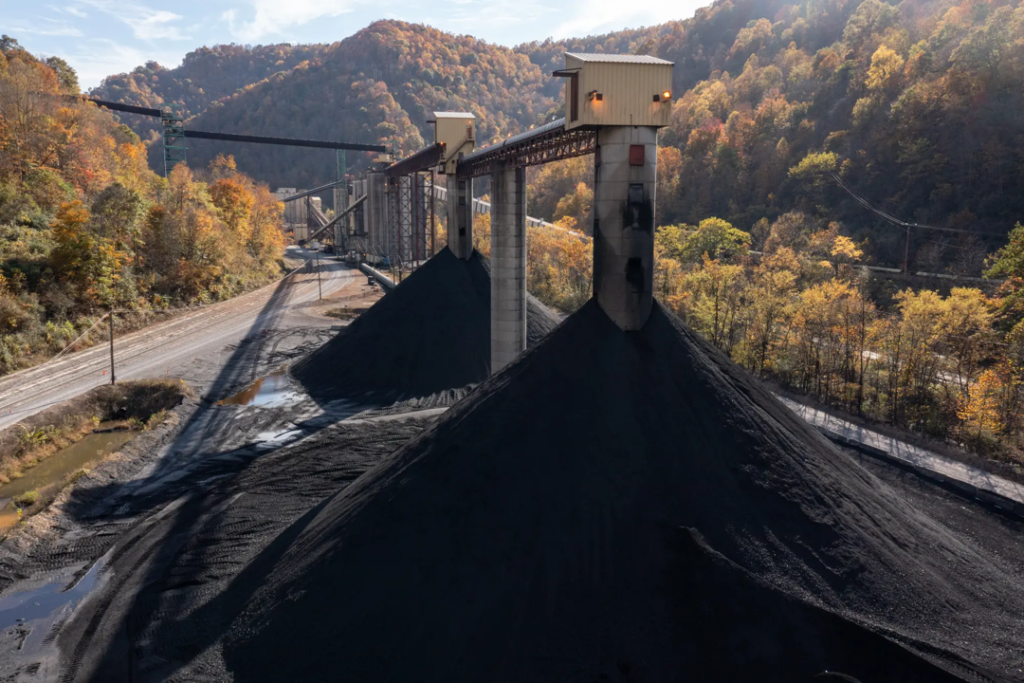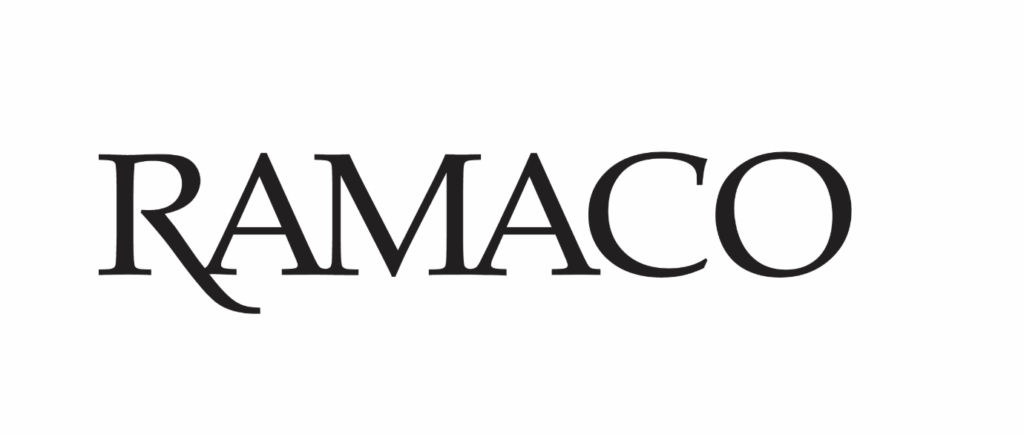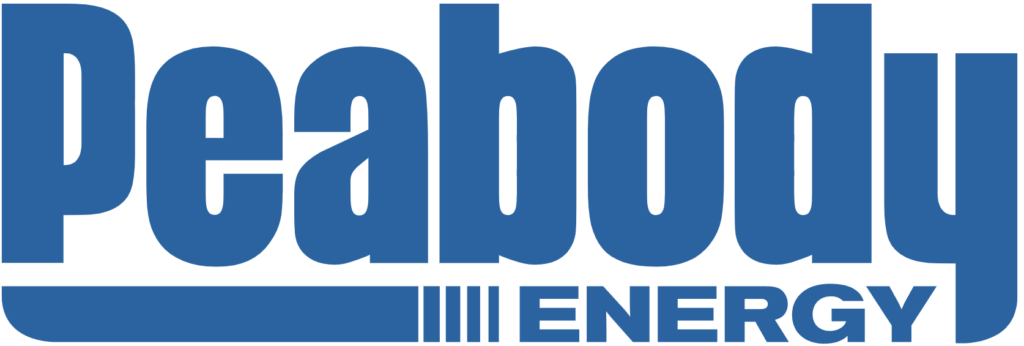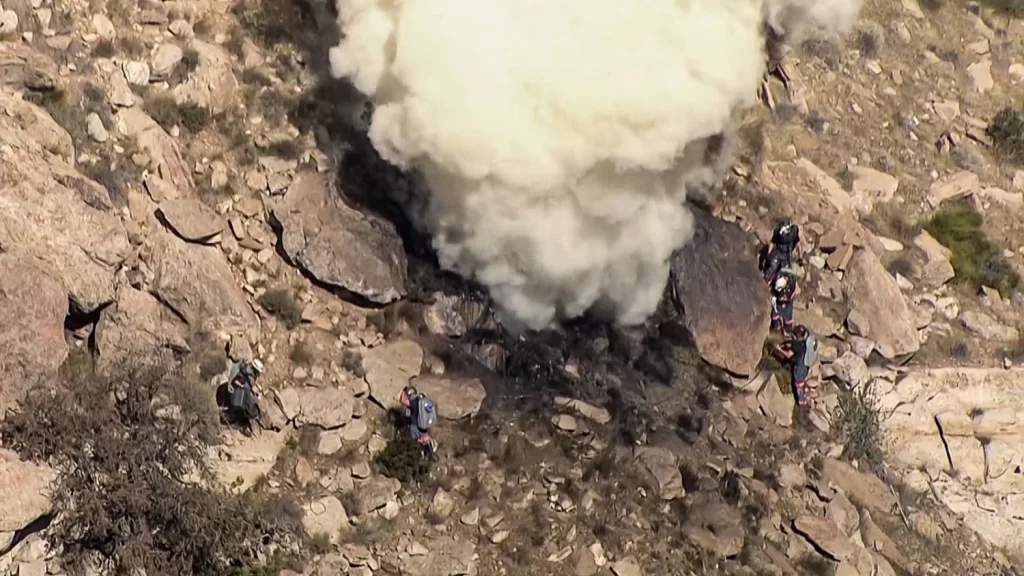At the beginning of the current week, active short covering by traders in the paper market significantly boosted European thermal coal quotations. On Tuesday, spot prices surged past 109 USD/t, with trading volume on the ICE exchange reaching an impressive 2.5 million tonnes, compared to an average of 1.8 million tonnes. However, this momentum waned as the week progressed, leading to a downward correction in the indices to 107 USD/t.
In South Africa, the price for High-CV 6,000 coal rose above 108 USD/t. The market faced additional disruption due to another train derailment, which affected two major coal export rail lines. On Wednesday, July 17, a derailment occurred near Exxaro’s Grootegeluk mine in Limpopo province, impacting Transnet’s Northern Corridor that connects key coal mines to the Richards Bay Coal Terminal (RBCT). This incident followed a previous derailment less than ten days earlier, which had caused a three-day closure of the corridor. Although the lines reopened, subsequent cable theft and power outages continued to disrupt operations.
These delays in coal deliveries forced Transnet to postpone scheduled maintenance from July 23 to August 1, allowing producers more time to replenish RBCT coal stocks. Despite an increase in inventories to 3.24 million tonnes by the end of last week, they fell to 3.14 million tonnes by Tuesday due to ongoing rail disruptions.
In China, spot prices for 5,500 NAR coal at the port of Qinhuangdao remained stable at 120 USD/t. Despite extremely hot weather with temperatures reaching 40°C, domestic demand stayed low due to significant coal inventories across the supply chain, negatively impacting spot purchases. Market participants noted that current fundamentals are weaker than the same period last year, which also experienced low demand from late July to the end of August. This trend is expected to continue in the coming weeks, with stocks at the nine largest ports amounting to 26 million tonnes, a week-on-week decrease of 1.4 million tonnes.
Indonesian coal markets also saw movements, with 5,900 GAR coal falling to 90.6 USD/t, a decrease of 0.9 USD/t week-on-week, while 4,200 GAR coal prices remained flat at 52 USD/t. The demand for Indonesian coal from China and India remains limited, as current inventory levels allow Chinese traders to be selective in tenders, a trend mirrored by Indian buyers amid stable coal production growth.
Australian High-CV 6,000 coal prices held steady within the 133-136 USD/t range. Despite high seasonal temperatures, Asian consumers are in no rush to enter the spot market, relying instead on existing coal stocks. Furthermore, relatively low LNG prices and ample supply continue to limit coal price growth.
The Australian metallurgical coal index for HCC dropped sharply below 235 USD/t following a deal to deliver 40,000 tonnes of premium HCC at 235 USD/t FOB Australia. This marked a correction from previous levels of 250 USD/t, a result of the price surge caused by the shutdown of Anglo American’s Grosvenor mine. Demand for Australian material in the Asia-Pacific region remains muted due to strong inventories held by consumers. Some buyers are even trying to offload shipments delivered under long-term contracts on the spot market. The wide bid-ask price spread, exceeding 20 USD/t, suggests potential further corrections in the premium metallurgical coal market.
Limited supply continues to support Australian PCI quotations at around 200 USD/t, with some traders offering prices between 205-210 USD/t. However, market participants remain cautious, citing high prices compared to Russian material. A recent deal for Russian LV PCI delivered to China between July 20-30 was concluded at 151.6 USD/t CFR China, while a large batch offered to Indonesian customers was priced around 170 USD/t CFR Indonesia. MV PCI deliveries to India were priced at 170 USD/t CFR.









